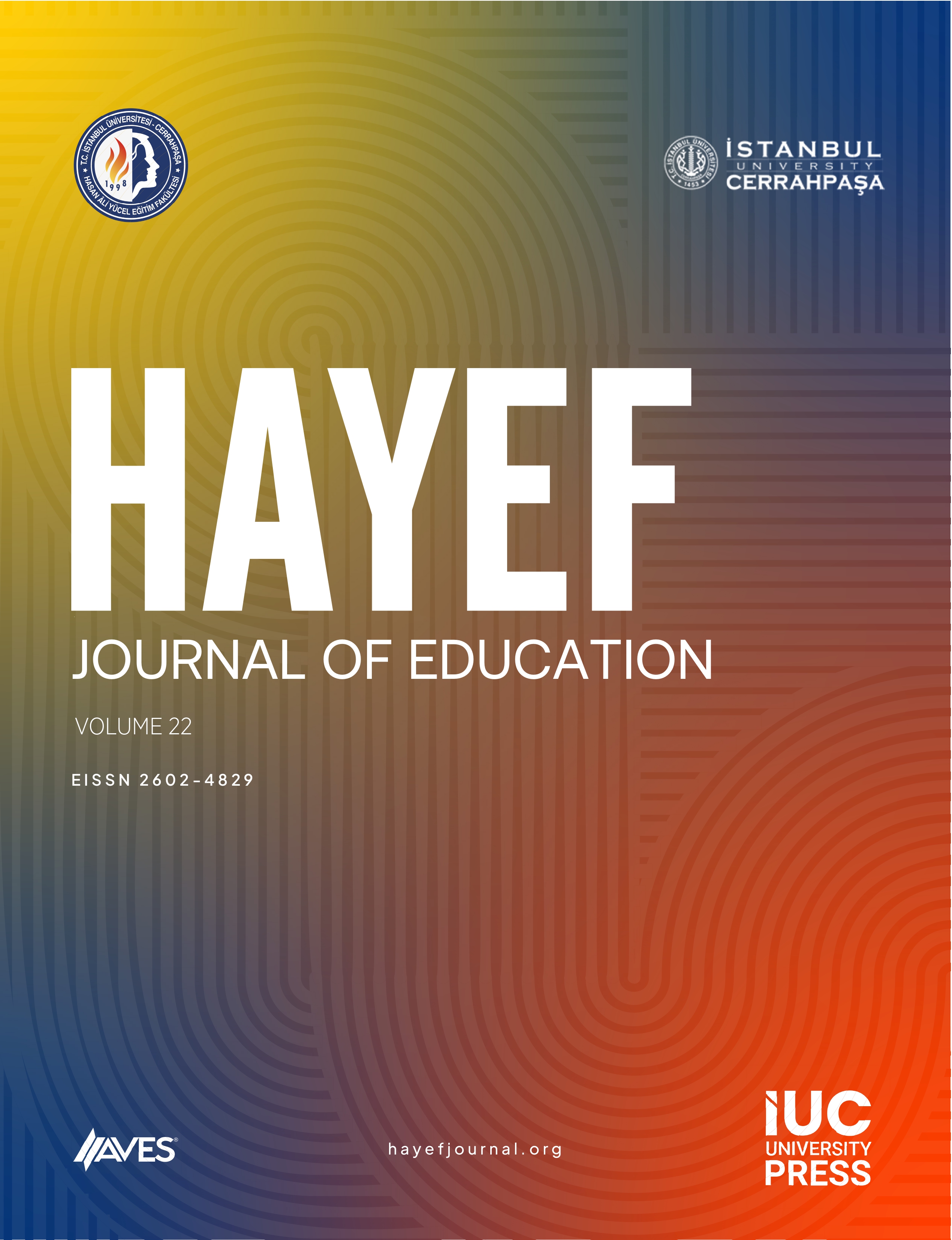This case study aimed to investigate the causes, results, and effects of internet addiction in primary school students, its effect on the social environment, and the studies that have been conducted to tackle this issue. Sample selection was determined with a purposeful sampling method. Within the scope of the research, a total of 21 interviews were conducted in the 2019–2020 academic year, including 8 students, 8 parents, and 5 teachers (four elementary teachers and one school counselor) from a primary school in Eskişehir. The data was examined via content analysis and divided into themes and categories. The findings were presented in line with the data obtained from teacher, student, and parent interviews, and from the school guidance curriculum. The analysis of the data from the students, teachers, and parents, revealed the students’ use of the internet, the factors affecting their internet use, and the actions taken by the adults to prevent internet addiction. The findings of the study revealed that students and their parents are aware of conscious internet use, in order to protect children from harmful content on the internet and to benefit from the internet in a positive way.
Cite this article as: Topaloğlu, B,, & Karahan, E. (2021) A case study of primary school students’ internet addiction. HAYEF: Journal of Education. 18(3): 469-498.



